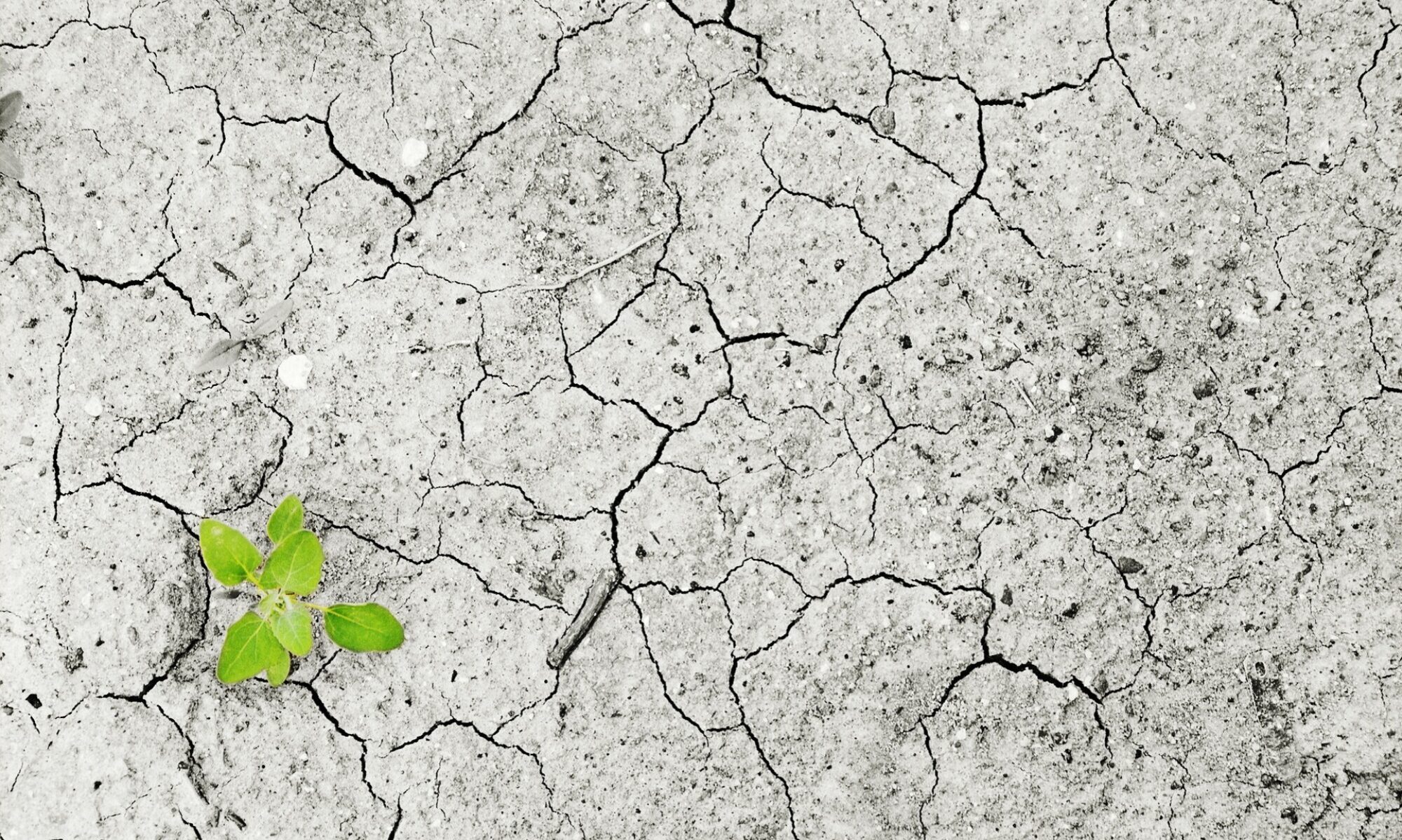26 July 2021 – by Ben St. Laurent
Less than a month after his inauguration President Biden signed an executive order — “Tackling the Climate Crisis at Home and Abroad” which strengthened the inter-agency integration on climate and environmental policy. A key component of this ‘whole of government’ approach to climate change was to address disproportionate environmental impacts to economically disadvantaged and minority communities. On June 25th the Environmental Protection Agency (EPA) announced the allocation of $50 million under the American Rescue Plan to fund environmental justice initiatives, fulfilling President Biden’s commitment to address the racial and socio-economic disparities of environmental hazards.
Alongside The EPA’s $50 million grant for environmental justice, EPA Administrator Michael S. Regan announced $200,000 in federal grant funding for a job training initiative in Baltimore, Maryland which prepares young adults for jobs in the water treatment industry. The recipient, YH2O, is a city-sponsored initiative that combines aspects of economic, environmental, and social development and could provide a rubric for environmental justice initiatives in other underserved communities. According to the EPA, 13 other environmental justice projects around the country have been awarded a combined $2.8 million in grants, and nearly $14 million has been allocated for future projects. The EPA has also set aside just over $5 million to “expand civil and criminal enforcement” of air and drinking water pollution near low-income communities.
Cities like Flint, Michigan with high levels of poverty and pollution stand to benefit from such programs. In 2014, insufficient oversight and monitoring led to at least a dozen deaths and thousands of cases of serious health problems after the city’s drinking supply was severely contaminated with lead and bacteria. Due to weak law enforcement and legal recourse, residents of Flint who struggled for years to gain access to safe drinking water, are still fighting for justice. Increased public understanding and environmental literacy combined with stronger legal enforcement of monitoring standards, which the EPA is now funding, could prevent similar disasters from occurring. The EPA’s announcement of funding for environmental justice initiatives, and the apparent scope of its impact, should raise the bar for environmental protection and social development of historically underserved communities across the country.







